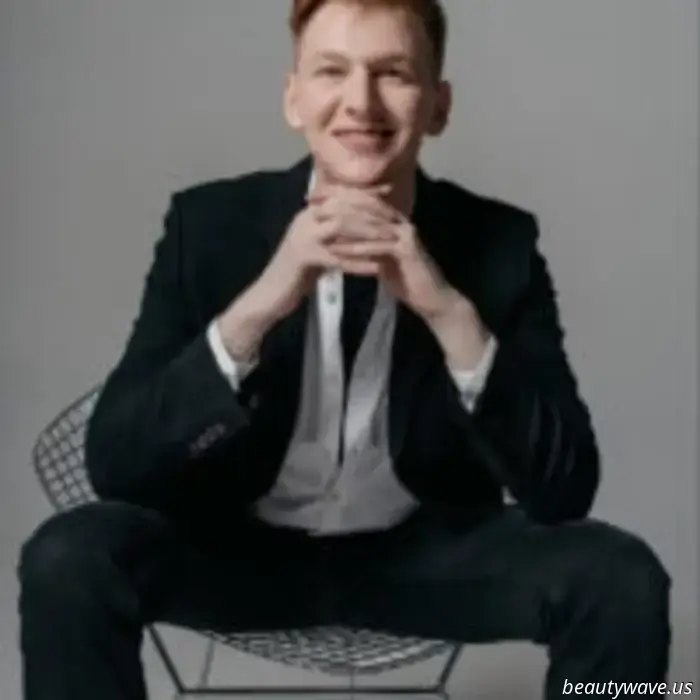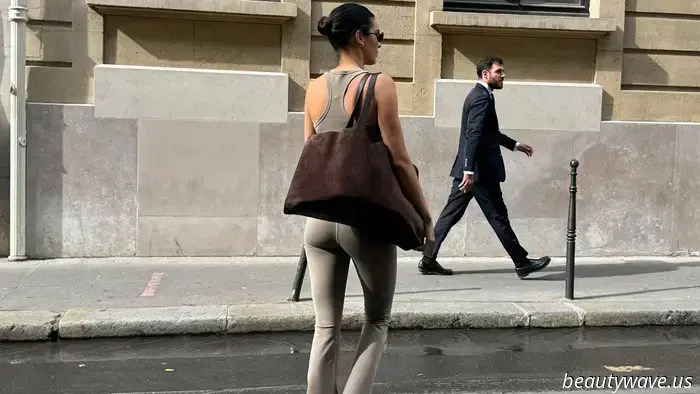
"Fashion is a game, and image is a tool": interview with Roman Rakhandiya
It is commonly believed that the fashion industry mainly concerns women. But throughout history it has often been men who exerted key influence on fashion and became trendsetters. We spoke with image expert Roman Rakhandiya about how men’s view of fashion is changing, what mistakes men make in clothing, and which items should be in every wardrobe.
Have you encountered stereotypes that fashion is a “women’s” sphere?
— Certainly, that stereotype exists. But personally I haven’t faced negativity because of my career choice. Besides, most of the prominent names in fashion history have been men: Gianni Versace and Yves Saint Laurent, Vyacheslav Zaitsev and Valentin Yudashkin.
How did your relatives react to your career choice?
— Much the same as if I had said I wanted to become a dentist or a mechanic. Only instead of perfect smiles or repairs, my relatives got perfect wardrobes.
How do you work with men who aren’t interested in fashion?
— It’s a paradox: the most “fashionable” men — stylists, designers or models — are not always active consumers of fashion. Clients from “unfashionable” fields — businessmen, athletes, even former military — often turn out to be a more promising audience. A successful image helps them step up a level without titanic effort.
Is there a difference in styling men and women?
— The methodology is the same, but stylistic techniques are always chosen individually: according to character, appearance and image goals.
Which items must be in a man’s wardrobe?
— The minimum set includes a classic suit and shirt, a blazer, a pullover, a small-checked shirt, a set of plain T‑shirts, versatile jeans, white sneakers and classic dress shoes. Even this list can be styled in many different ways, and everything beyond it is already an individual wardrobe formula.
How can a man find his style if he doesn’t know much about it?
— I advise studying the concept of the conservatism coefficient. It shows how formal your look should be depending on status, surroundings and situation. Once you understand the boundaries of the dress code, you can look for an individual signature — on your own or with the help of a stylist.
What mistakes do men most often make with clothing?
— The biggest mistake is inappropriateness of the look. It may be excellent, but if you arrive at an informal meeting in a tailcoat or go to the opera in jeans and sneakers, it will be a miss. The success of a meeting, business or romantic, depends on the ability to fit the context.
Are men really afraid to experiment with style?
— I don’t think so. Many simply don’t set that task for themselves. Experimenting doesn’t necessarily mean ripped jeans or leopard print. Sometimes it’s enough to update the suit’s cut, the fabric texture or the color scheme. It all depends on the goal.
How has men’s attitude to fashion changed in recent years?
— Men have realized that they can gain from fashion. For some, fashion may be a game, but image is a working tool. For some it’s a way to boost their media profile, for others — to attract clients and partners.
Which trends will be relevant this autumn?
— For women: deep colors, moderate layering, suede, emphasis on fabric texture, a return to tailored silhouettes, chunky earrings, bracelets and multi‑tiered belts.
For men: monochrome light combinations, moderate layering, bright knits, textured polos, bombers, vintage motifs and neoclassicism, chunky horn-rimmed frames.
Which tendencies do you consider universal?
— Intellectual minimalism: this direction is timeless. It’s not boring classicism, but well-made items without excess, with modern cuts and interesting details.
Which trends should be abandoned?
— Trends are too fleeting today, so you shouldn’t discard last season’s pieces you still like — they may return within a year, only reinterpreted.
In closing our conversation Roman Rakhandiya noted that the key to a successful image lies not in the number of items. The right look is the one that helps you feel confident and appropriate in a specific situation. When choosing new outfits you should ask yourself two questions: “What do I want to say about myself?” and “How will this item help with that?” Then fashion stops being mere entertainment and becomes a tool that works for you.


Other articles
"Fashion is a game, and image is a tool": interview with Roman Rakhandiya
It is commonly believed that the fashion industry primarily concerns women. But throughout history, it has often been men who exerted a key influence on fashion and became trendsetters. We spoke with image expert Roman Rakhandiya about how the male view of fashion is changing, what mistakes men make with their clothing, and which items should be in every wardrobe. Have you encountered stereotypes that fashion is “for women”…

-Face-Serum.png)
